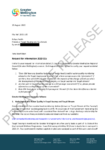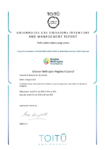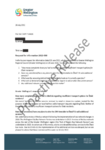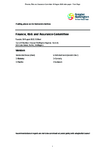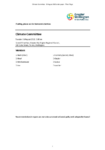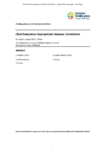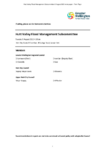-
-
LGOIMA response to request 2022-115 15 August 2022
Request for information
“Does GW have any baseline hydrological (water levels) and/or water quality monitoring related to the Taupō Swamp and stream? If so, where can we access this information? If…alarm Published 15 Aug 2022 -
-
LGOIMA Response to Request 2022-088 - 26 July 2022
Request for Information:
1. "How many complaints have you had to metlink regarding insufficient transport options for Ōtaki residents?
2. Have you considered/have any plans to alter the 290 timetable to Ōtaki?…alarm Published 12 Aug 2022 -
LGOIMA Response to Request 2022-092 - 26 July 2022
Request for Information:
“I am keen to understand funding arrangements for any further improvements etc. In particular, I understand that GW has been charging Featherston residents, or some of them, a…alarm Published 12 Aug 2022 -
-
-
-
-

